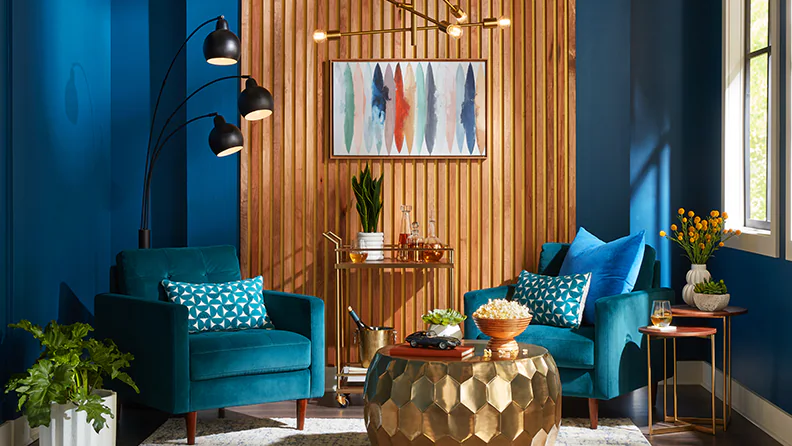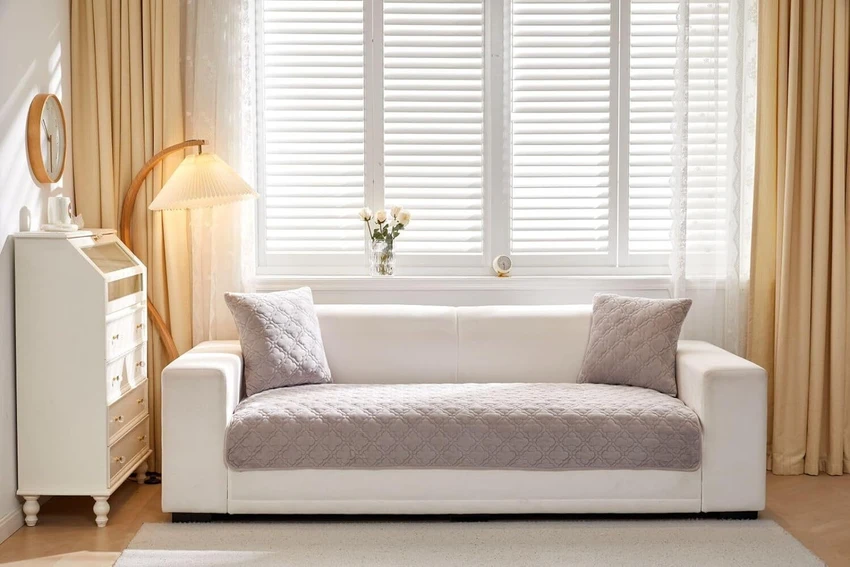In recent years, interior design has embraced a refreshing shift toward natural elements, minimalism, and tactile textures. One standout trend leading this evolution is the wood slat wall. Functional yet undeniably stylish, wood slat walls have emerged as a favorite for homeowners, designer, and architects alike, blending warmth, acoustic benefits, and a sense of architectural interest.
Whether you’re planning a full-scale renovation or simply seeking a statement piece for your living space, this design feature may be the perfect addition to your home. In this article, we explore what wood slat walls are, why they’ve surged in popularity, the various styles and materials available, and how you can incorporate one into your space.
What Is a Wood Slat Wall?
At its core, a wood slat wall is a vertical (or sometimes horizontal) arrangement of narrow wooden strips spaced evenly apart, typically mounted on a solid backing or directly to the wall. These slats can be made from a range of wood types—oak, walnut, pine, cedar, and even bamboo—and can be stained, painted, or left raw for a more natural look.
The result is a visually striking wall that can serve a multitude of purposes:
- Aesthetic enhancement: Adds texture, depth, and warmth.
- Acoustic control: Reduces echo and improves sound quality.
- Functional separation: Acts as a room divider without completely closing off spaces.
Why Wood Slat Walls Are Trending
The resurgence of wood slat walls isn’t random—it’s part of a broader movement in design that emphasizes biophilic elements, sustainability, and simplicity.
1. Natural Materials in Modern Spaces
In an era where tech and synthetic materials dominate our lives, many homeowners crave a return to natural textures. Wood offers an organic contrast to the coldness of metal, glass, and plastic, creating a sense of comfort and connection to nature. Wood slats, in particular, provide this tactile element in a modern and refined way.
2. Versatility in Design
From Scandinavian-inspired minimalism to mid-century modern and Japandi aesthetics, the wood slat wall fits seamlessly into numerous styles. It can be subtle or bold, rustic or sleek, depending on your vision.
3. Acoustic Benefits
Beyond their aesthetic value, wood slat walls can significantly improve a room’s acoustics. When paired with acoustic felt or foam backing, they absorb sound and reduce reverberation—a popular feature in media rooms, offices, and open-plan homes.
4. Customization and DIY Appeal
Wood slat walls are highly customizable and relatively easy to install, making them attractive to the growing DIY community. With some basic tools and materials, homeowners can create bespoke designs that reflect their personality and style.
Applications of Wood Slat Walls in the Home
Wood slat walls can transform virtually any room. Here are some creative ways to integrate them into your space:
1. Feature Wall in the Living Room
Turn a plain living room wall into a design statement. A vertical wood slat wall behind a TV or sofa adds depth and texture without the need for additional décor. It serves as a focal point while maintaining a clean and modern look.
2. Room Divider in Open-Plan Spaces
Use a partial-height or freestanding slat wall to separate different zones—such as the dining and living areas—without compromising light or openness. The gaps between the slats allow air and light to flow freely, keeping the space airy.
3. Bedroom Headboard Accent
Install a wood slat wall behind your bed to function as a built-in headboard. It adds visual interest and a cozy, cocoon-like feel, especially when combined with soft lighting.
4. Ceiling Accents
Though less common, slatted wood ceilings are an elegant way to continue the motif and improve acoustics in larger rooms or hallways.
5. Home Office Backdrop
A slat wall behind a desk can enhance your video call backdrop, while also improving audio quality during virtual meetings.
Material and Finish Options
When choosing materials for your slat wall, consider the aesthetic, budget, and maintenance involved.
Common Wood Choices:
- Oak: Durable and rich in texture, ideal for a luxurious feel.
- Walnut: Deep tones and fine grain, great for a modern or moody ambiance.
- Cedar: Naturally aromatic and resistant to moisture, suitable for bathrooms.
- Pine: Affordable and light in color, works well in Scandinavian designs.
- Bamboo: Eco-friendly, strong, and sleek.
Finishing Options:
- Natural/Raw: Leaves the wood untreated for a rustic appearance.
- Stained: Enhances the grain and color while offering protection.
- Painted: Can match your color scheme for a bold or subdued look.
- Oiled: Brings out the natural beauty with a soft sheen.
Pro Tip: If you’re installing a slat wall in a high-moisture area like a bathroom, make sure to seal the wood to prevent warping and mold growth.
Installation: DIY or Professional?
Depending on your skill level and desired outcome, you can either tackle the installation yourself or hire a professional.
DIY Approach:
For the avid DIYer, installing a wood slat wall can be a satisfying weekend project. You’ll need:
- Measuring tools and level
- Wood slats (pre-cut or custom cut)
- Backing material (optional: acoustic felt, MDF, or plywood)
- Adhesive and/or nails
- Sandpaper and stain or finish
Steps include marking guidelines, attaching the backing, aligning and securing the slats, and finishing with stain or paint.
Professional Installation:
For larger or more complex designs, especially if acoustic treatment or custom fabrication is involved, hiring a professional ensures precision and durability.
Maintenance and Longevity
Wood slat walls are relatively low-maintenance. Regular dusting with a microfiber cloth or vacuuming with a soft brush attachment will keep them clean. Avoid harsh chemicals—mild soapy water is usually enough for deeper cleaning.
If your slats are stained or oiled, reapply the finish every few years to preserve their look and durability.
Budget Considerations
The cost of a wood slat wall can vary greatly depending on:
- Wood type (exotic woods like walnut cost more than pine or MDF)
- Dimensions of the wall
- Finish and backing materials
- DIY vs. professional installation
On average, a DIY wood slat wall for a small area may cost as little as $200–$500. Larger or custom professional installations can range from $1,000 to $5,000 or more.
Sustainability and Eco-Friendly Options
Many consumers are increasingly conscious of sustainability. Fortunately, wood slat walls can be an eco-friendly choice:
- Use reclaimed wood for a rustic look and minimal environmental impact.
- Opt for bamboo, which grows quickly and regenerates naturally.
- Ensure the wood is FSC-certified, indicating responsible forest management.
Choosing natural oil-based finishes over synthetic ones can further reduce VOC emissions and make your space healthier.
Final Thoughts
The wood slat wall is more than just a passing trend—it’s a versatile, timeless design feature that enhances both the aesthetics and function of your home. From its sound-dampening capabilities to its warmth and elegance, it offers a sophisticated alternative to plain painted walls or cold industrial materials.
Whether you go minimalist with raw pine slats or create a dramatic walnut statement wall, this design choice invites natural beauty and texture into your space. And with the right materials and a bit of creativity, a wood slat wall can become the defining element of any room.
YOU MAY ALSO READ. https://www.anytimemagazines.com/ps2-bios-for-pcsx2/




